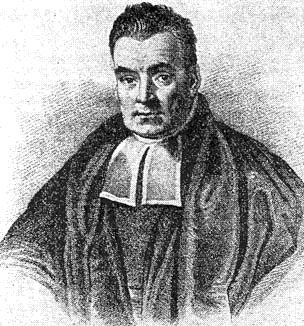It is hard to get to a higher position as a person of color in Austria because of racism!
In a recent discussion with a highly regarded acquaintance of mine I was confronted with a claim going in this direction:
It is hard to get to a higher position as a person of color in Austria because of racism.
In concrete it was about universities and faculty staff and I could take the easy way and list all the faculty staff I find who are not white.
BUT, how fun is the easy way? Also I want to give a general answer.
I was unable to find a concrete Statistik Austria number on people of colour, but lets take the migrant population as a total.
https://en.wikipedia.org/wiki/Statistik_Austria // http://www.statistik.at/web_en/statistics/PeopleSociety/population/population_change_by_demographic_characteristics/population_with_foreign_background/036095.html
I will take this number: Country of birth of parents is non-EU and not from the former Yugoslavia.
1,118,200 - 513,100 = 605,100
I keep the 273,100 thousand Turkish people in my count, because some do register as foreign just by their looks.
In these 605,100 persons many are not per se people of color as can be seen below, but I don't have better trustworthy data available, so I stick with that.
With a total Austrian population of 8,491,000 the proability of a random person being of color is 605,100 : 8,491,000 = 0.07 or 7%
https://en.wikipedia.org/wiki/Demographics_of_Austria
Now back to our job problem.
Let's assume we have an open job position and 20 skilled candidates (quite realistic for faculty jobs, but you can change the numbers to your liking). Those 20 candidate fulfill all objective requirements like relevant degrees and certificates.
How many candidates of color do we have?
To assume we would have 20 x 0.07 = 1.4 candidates of color is wrong.
First that would be messy to have exactly 4/10 of a candidate, but these 20 are already a selection of the population, so it might be that no candidate of color is available, or that 5 or more candidates are of color.
Thomas Bayes can help us with this selection of a selection problem:
https://en.wikipedia.org/wiki/Thomas_Bayes // More on Bayes' theorem: https://www.youtube.com/watch?v=Dy_LRK2Pkig
I will use this calculator: http://psych.fullerton.edu/mbirnbaum/bayes/BayesCalc.htm
First without racism: 
As all candidates fulfill all requirements we just roll a dice.
P(H)=For a random Austrian the probability to be a person of color is 0.07
P(D|H)=There are in average 1.4 people of color in that 20 candidate group and we hit only one for the job position: 1.4/20 = 0.07 (same number as in the population of course, this test is not racist)
P(D|H')=The probability to select a white person is 18.6/20 or 1-0.07 or 0.93
The calculated P(H|D) is the probability of the selected candidate being a person of color is 0.0056.
Or in other words: If we have 1000 open job positions (à 20 candidates) of that skill level, only 5 to 6 people of color would be selected.
Now enter racism.
It is very, very, very hard to get valid statistics on racism. But as you might know we had an election in Austria recently: A big social science study.
I now make the claim that everyone who voted for Van der Bellen is not a racist. Of course there are certainly racists among Van der Bellen voters and there are certainly non-racists among Hofer voters, but again: I take what I get.
https://en.wikipedia.org/wiki/Austrian_presidential_election,_2016#Summary // http://wahl16.bmi.gv.at/
In the worst case this means that 46.2% of Austrians are racists. Now let's look at the numbers.
P(H)=For a random Austrian the probability to be a person of color is still 0.07
P(D|H)=There are still only 1.4 people of color in that 20 candidate group. But this time the test fails by an additional factor of 0.462 due to racism: (1.4 x 0.462)/20 = 0.03
P(D|H')=The probability to select a white person is now 1-0.03 = 0.97
P(H|D) is the probability of the selected candidate being a person of color: 0.0023
Or in other words: If we have 1000 open job positions (à 20 candidates) of that skill level, only 2 people of color would be selected.

Of course this leads us to a huge perception problem if you think about real people.
Given our assumption that 20 candidates per high value job fullfill all objective requirements, of 1.000 competent candidates who are invited to an interview 70 are of color, but only 2 of them are selected with racism and 6 are selected without racism.
Even if there was absolutely no racism in Austria you might know one of the 64 persons of color who are not chosen for their dream job.
Ganbatte kudasai on your next job interview!
Discuss #Austria with me:
Minds AMAaA - Ask me Anything about Austria
Connect Wallet
To earn tokens and access the decentralized web, select an option below
(It's easier than you think)